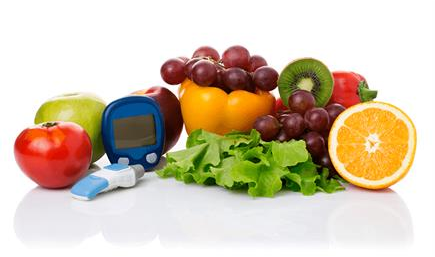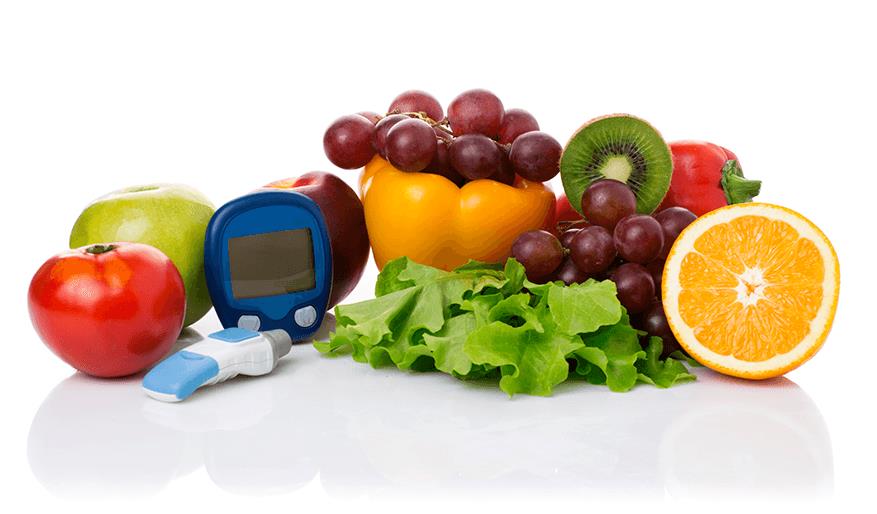Our Doctors
Meet all the doctors from Cleveland Clinic Abu Dhabi.
View Doctors
Learn how diet affects your blood sugar levels and the three best types of foods to put on your plate

Food is a key aspect of diabetes management – stable blood sugar levels can be achieved by eating proportioned, well balanced meals at consistent times throughout the day. Blood sugar levels must be carefully monitored to ensure they do not dip too low or rise too high. If these conditions are not recognized and quickly treated, they can result in uncomfortable or even dangerous symptoms.
These symptoms on their own do not necessarily mean you have low blood sugar, but see your doctor if you notice high frequency or a combination. Low blood sugar can be dangerous for diabetics if it is not recognized or treated, as it can lead to a loss of consciousness or seizures.
One of these symptoms on its own is not a reason to worry, see your doctor if you notice more than one of these symptoms. If a person with diabetes is not treated for high blood sugar, the body may start to break down fats for energy due to a lack of insulin or due to insulin resistance. This may lead to complications such as diabetic ketoacidosis, which is an accumulation of acid in the blood, or even dehydration and loss of consciousness.
A balanced meal should include carbohydrates, protein and fat to ensure blood sugar levels stay as stable as possible. Carbohydrates are the body’s main energy source, and have the biggest impact on your blood sugar levels. This can be measured using the glycemic index (GI). Food with a high GI will raise your blood sugar more than food with a low GI. Non-starchy vegetables have a low GI. Ideally, these should take up half of your plate. The other half should include equal portions of protein and grains or starchy foods.
Non-starchy vegetables: asparagus, beets, carrots, and salad greens
Protein: meat (limit frequency), poultry, seafood, eggs, low-fat dairy products, soy products, nuts and seeds
Starchy foods: grains, dried beans, lentils, peas, corn, lima beans and potatoes
Just as medications are prescribed according to individual needs, meal plans for people with diabetes should be personalized. It is important to choose your carbohydrates carefully and consider the portion sizes. Pay attention to the way your body responds to certain foods or other dietary changes. Talk with your doctor and get expert advice from a registered dietician.